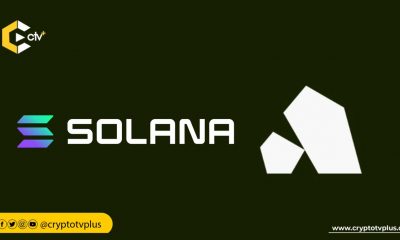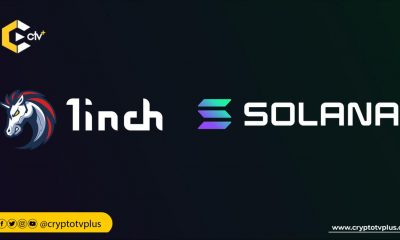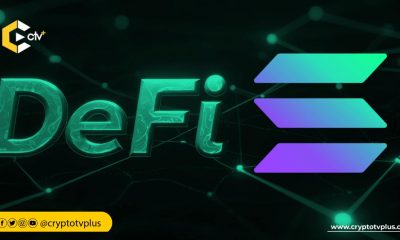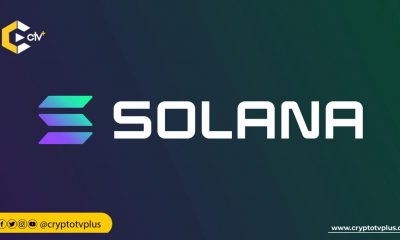News
How Union is solving the bridging problem in the Cosmos ecosystem

In a recent address at the Cosmoverse 2023, Karel Kubat, the founder of Union unveiled the project aimed at bridging the gap between the Cosmos and Ethereum ecosystems. This ambitious initiative comes after Union emerged from stealth mode about a week before the event.
Bridging in the crypto space refers to the process of transferring digital assets from one blockchain to another. The bridging problem arises from the lack of interoperability between different blockchains.
Crypto bridges are helping to solve the issue of interoperability, allowing users to bridge tokens from one blockchain to another with lower fees and faster transaction times.
Why Union
According to the founder, Union’s primary goal is to create a trustless bridge between multiple blockchain networks, including Cosmos, Ethereum, and Bitcoin. What sets Union apart is its heavy reliance on zero-knowledge proofs, considered the gold standard for bridge verification.
Unlike other projects that rely on approaches like SGX and TEE, Union’s use of zero-knowledge proofs offers a more secure and scalable solution for cross-chain bridging.
SGX in crypto refers to Intel Software Guard Extensions, a set of instruction codes that implement a trusted execution environment built into some Intel central processing units (CPUs)
A Trusted Execution Environment (TEE) is a secure area of a main processor that provides a secure environment for executing code and processing data.
It is an isolated execution environment that offers security features such as isolated execution, integrity of applications executing with the TEE, and confidentiality of their assets.
Beyond bridging
Karel went further, saying that the project is not limited to simple bridge building; Union is also working on innovative solutions to tackle some of the industry’s pressing issues.
It is developing storage proofs, which enable the exchange of information between blockchains without sending packets across different chains, addressing a significant hindrance to cross-chain DeFi.
Front-running, Oracle dependencies, and the need to send packets to Ethereum for processing are major bottlenecks that Union aims to overcome.
He added that one of the groundbreaking aspects of Union’s approach is state verification, which opens up permissionless IBC channels. Traditionally, opening a connection between blockchains required governance proposals and often involved lengthy processes.
However, with state verification, Union aims to usher in an era of true scalability, allowing thousands of blockchains to connect seamlessly without cumbersome governance hurdles.
Compatible with Tendermint
The founder also noted that Union’s previous products are compatible with Tendermint chains, and are designed to address the specific needs of the Cosmos and Ethereum ecosystems.
These tools, which Union has meticulously developed over the past several months, offer a wide range of solutions to create an efficient, secure, and interconnected blockchain network.
He also added that Union understands the value of collaboration and integration. It believes that the blockchain space requires infrastructure projects like theirs to drive innovation and solve pressing market inefficiencies.
By working collaboratively with other chains, Union aims to create a more unified front, attracting liquidity and users from the Ethereum ecosystem.
The vision for Union extends beyond just the technical aspects. He envisions Union playing a pivotal role in subverting centralized exchanges and ushering in the era of decentralized finance (DeFi).
He sees a world where DeFi becomes as accessible and efficient as centralized finance, and he sees Union as a key player in achieving this paradigm shift.
Read also; Digital Shovel CEO reveals alternative to Bitcoin Mining Shipping containers






















